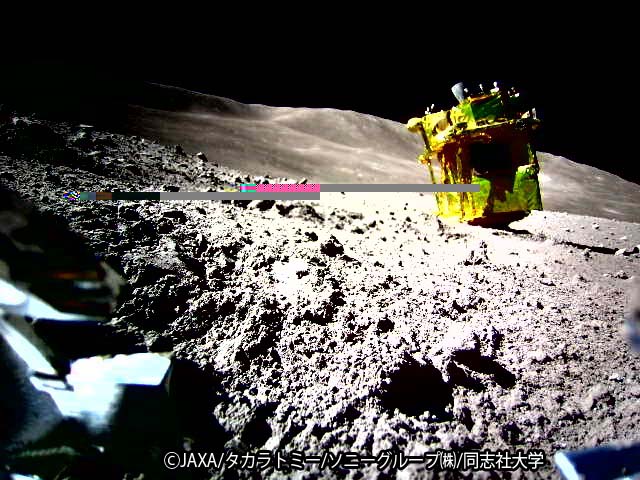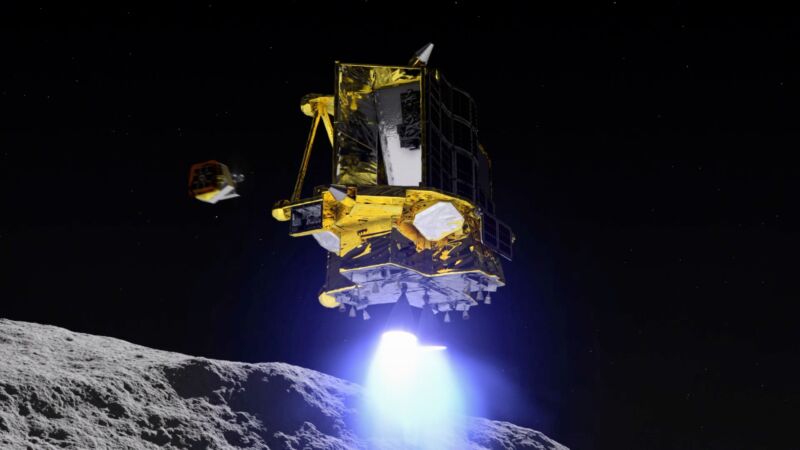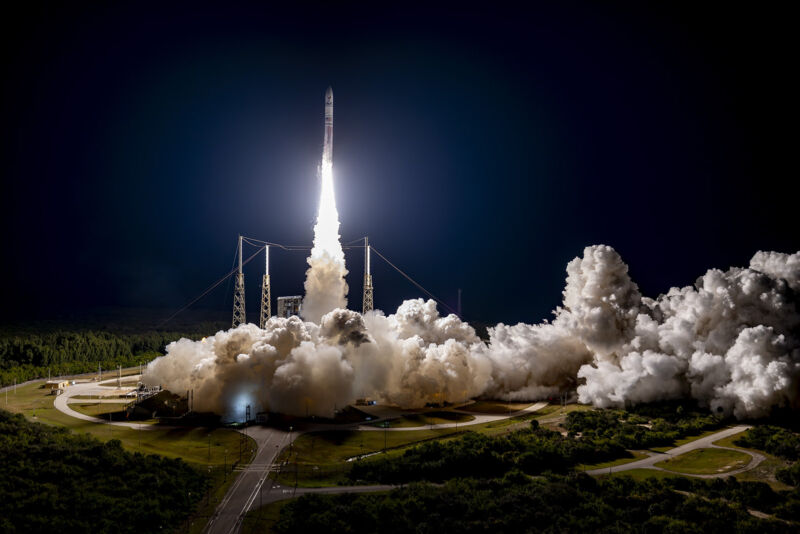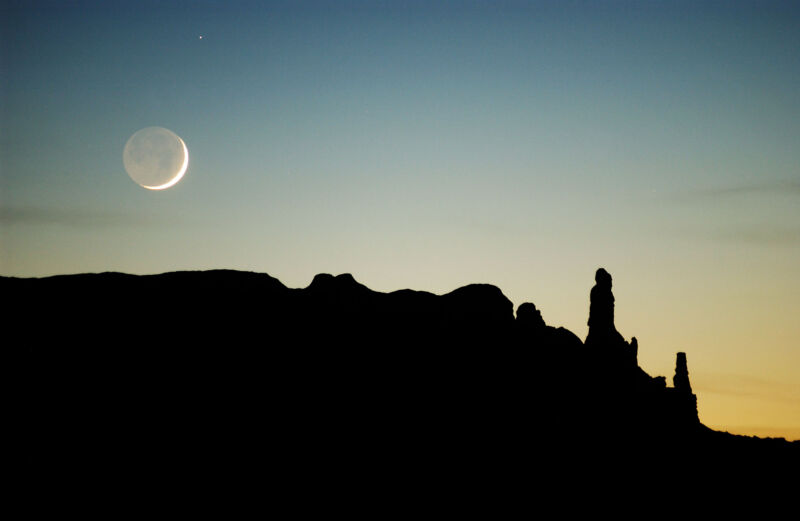-
 chevron_right
chevron_right
A Japanese spacecraft faceplanted on the Moon and lived to tell the tale
news.movim.eu / ArsTechnica · Thursday, 25 January - 17:55

Japan's SLIM spacecraft is seen nose down on the surface of the Moon. (credit: JAXA/Takara Tomy/Sony Group Corporation/Doshisha University )
Japan's first lunar lander made an unsteady touchdown on the Moon last week, moments after one of its two main engines inexplicably lost power and apparently fell off the spacecraft, officials said Thursday.
About the size of a small car, the Small Lander for Investigating Moon (SLIM) landed on Friday, making Japan the fifth country to achieve a soft landing on the lunar surface. Shortly after landing, ground teams in Japan realized the spacecraft was not recharging its battery with its solar panels. The evidence at the time suggested that SLIM likely ended up in an unexpected orientation on the Moon, with its solar cells facing away from the Sun.
With the benefit of six days of data crunching and analysis, officials from the Japan Aerospace Exploration Agency (JAXA) briefed reporters Thursday on what they have learned about SLIM's landing. Indeed, the spacecraft toppled over after touching down, with its nose planted into the lunar regolith and its rear propulsion section pointed toward space.








